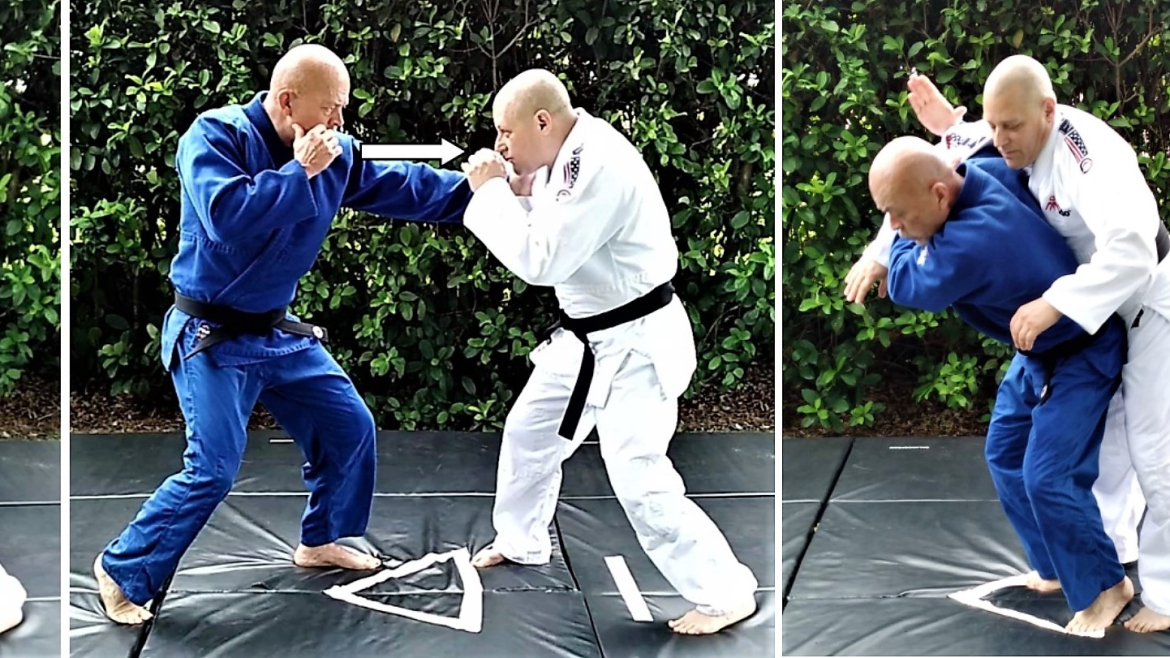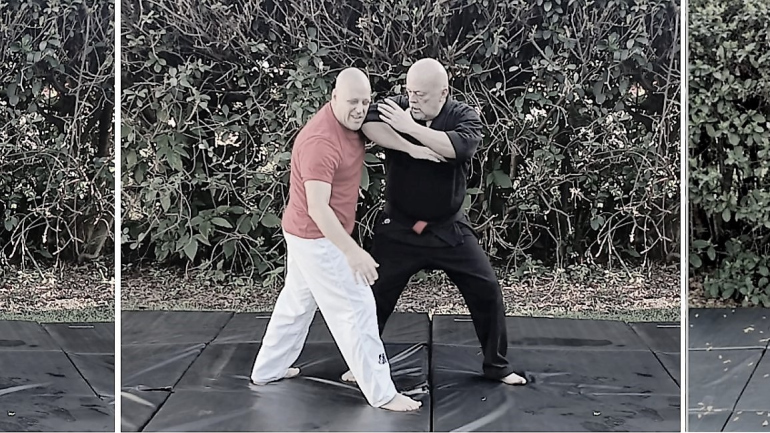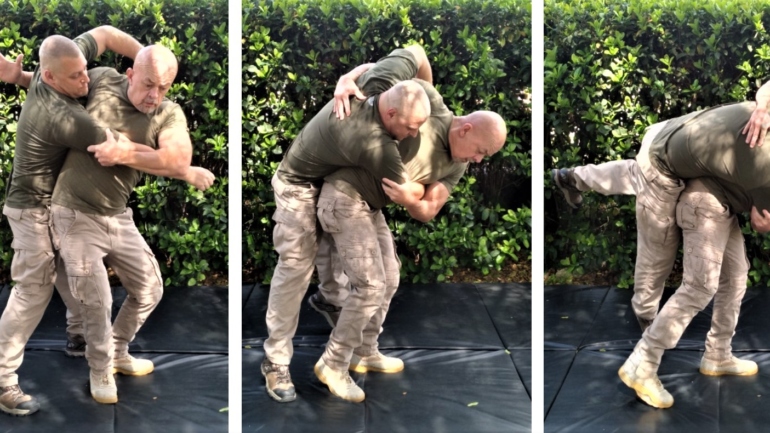My specialization and my obsession (LOL) with the one handed style of judo began when I first saw Toshihiko Koga hit a one handed seoi nage in the 89 world judo championships. His dynamic one handed standing seoi-nage captured my imagination. I remember immediately doing my best to replicate it in class after class. Since then it’s been a almost 40 journey, a lifestyle dedicated to specializing in that particular method adding more and more to it and to this day continuing to build on it and will probably do so until I cant do judo any more.
There have been few who have used this method. And by few I mean about 4. Not many at all. The master of the one handed Seoi nage was Toshihiko Koga. There are only very few one handed throwers Udo Quelmaz and most recently
Soichi Hashimoto and Hifumi Abe (both have a one handed sode tsuri komi goshi). There are indeed a plethora of throws to be executed from a one handed grip.
Barron Shepherd Judo
There are three things I say all the time;
1.) First grip. First attack. Finish and try to look dope while you’re doing it.
2.) Grip fight like a boxer and have footwork like Barry Sanders.
3.) Anytime judo is used transcend rule, transcend theory and become a demon.
The one handed style is a dynamic, ballistic and athletic method that is better utilized from a more upright stance, like that of a boxer. Everything about this fighting method of Judo from the stance (false lead) onward is unorthodox and has a distinct purpose. The one handed style catches the opponent off guard. The split stance or split step entry gets the hips under the opponent’s and makes it easy to load him up. Once the opponent is loaded up there’s little he can do to avoid getting thrown.
One handed Ippon Seoi Nage Drill – Split Step Entry
1.) Stand with the right foot forward
2.) Punch in your grip with the left hand.
3.) Pull with your left and and bring your left foot up to your right foot.
4.) as the left foot comes up toward the top of the triangle pivot slightly toward 6 o’clock as your right foot moves past the base line of the triangle next to the opponent’s right foot.
5.) The left foot slides back toward the baseline of the triangle next to the opponent’s left foot. Straighten the legs and pop your hips upward.
6.) Turn your body counter clockwise taking your right elbow to your left hip to finish the throw.
Entering into the Throw with the Rear Foot
In one of his Seoi nage variations Toshihiko Koga would enter into a seoi nage with the rear foot. In this variation of the one handed drill, I am entering into ippon seoi nage with the rear foot using a back step. My rear foot steps
behind my lead foot past the base line and to the corner of the triangle.
Koga variation in competition………..
The following throw is the koga variation that he used used in competition.
The rear/right foot steps to the bottom corner of the triangle just inside the
opponent’s right foot.
The Importance of Taping a Triangle on the Mat……………..
If you notice in the pictures I have a triangle taped on the mat with a single straight line taped a foot past the base line of the triangle. Stepping to certain points of the triangle ensures maximum leverage creating a more effortless throw.


.jpg)
.jpg)
.jpg)
.jpg)

